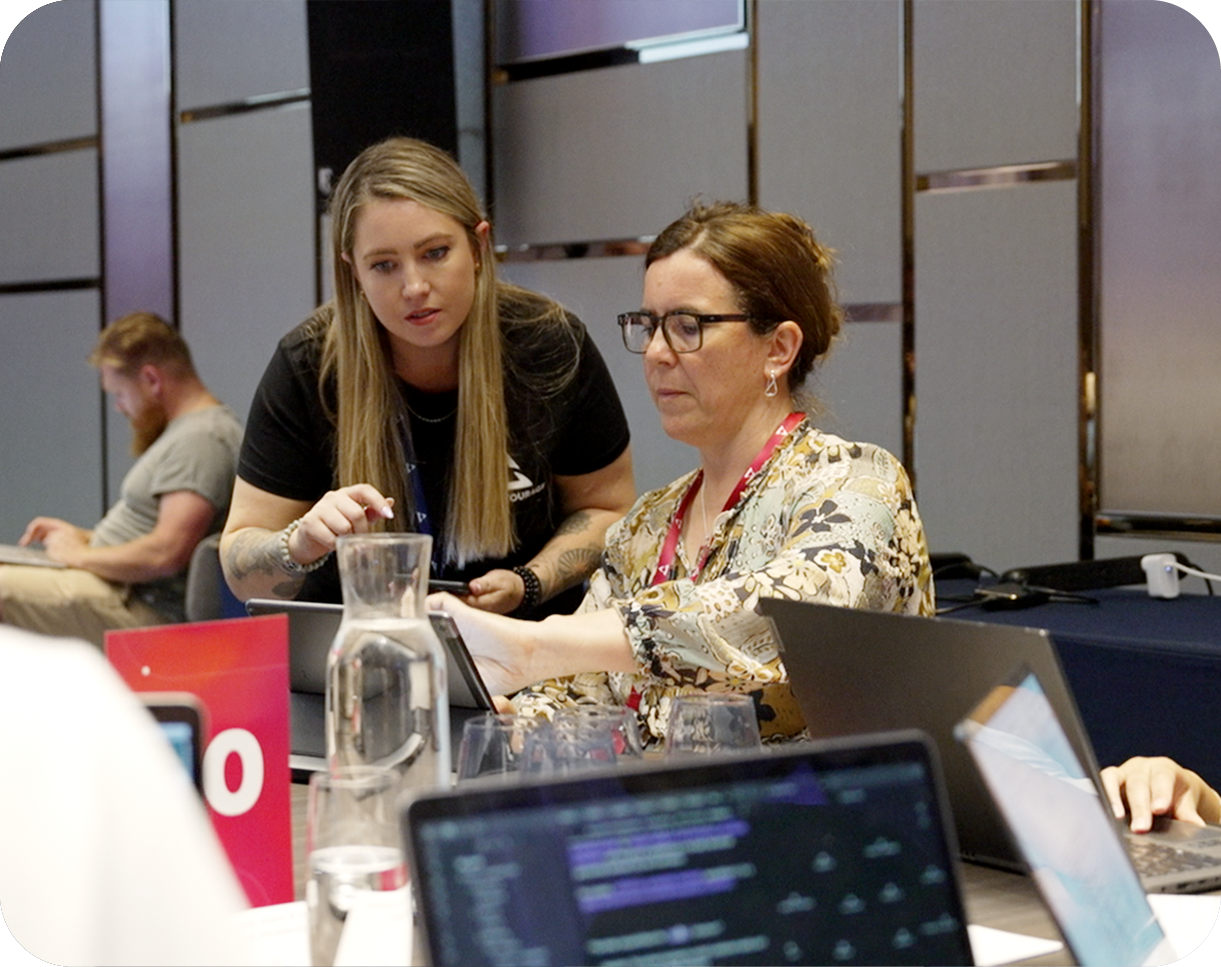- Australian businesses are under growing pressure to protect systems from increasingly sophisticated cyber threats
- National standards help reduce risk without hindering productivity or innovation
- Mature organisations build security into daily operations and long-term planning
- Ongoing reviews are essential to keeping protections effective and relevant over time
Cybersecurity threats are no longer just abstract IT concerns. If you’re running a business in Australia, the risks are real and constantly evolving. From unauthorised access attempts to full-scale ransomware attacks, the digital environment in which your organisation operates is under constant pressure. It’s not just enterprise-level corporations being targeted; small and mid-sized businesses are increasingly caught in the crossfire.
As attacks become more frequent and sophisticated, industry leaders and regulators are tightening expectations around data protection and system resilience. That shift has placed greater emphasis on national frameworks designed to help businesses manage cyber risk. These standards aren't just about avoiding penalties—they’re about keeping critical systems running when it matters most.
The Real-World Risks Facing Australian Businesses Today
Across Australia, business owners are navigating a digital climate marked by uncertainty. Threat actors are no longer just opportunistic—they’re organised, well-funded, and focused. For industries such as healthcare, finance, logistics, and energy, the consequences of a breach extend far beyond downtime or a few stolen credentials. We're talking about critical infrastructure disruptions, patient data leaks, or supply chain paralysis.
Even when businesses have traditional security tools in place, the speed and creativity of modern attacks often leave gaps exposed. Phishing emails that imitate internal staff, hidden malware in routine software updates, or lateral movement within networked systems can slip past basic defences. Add to that the regulatory implications of data breaches, and the risks become both technical and legal in nature.
The financial hit is just one side of the equation. Reputational damage, loss of stakeholder trust, and long-term recovery costs often linger far beyond the initial event. That’s why there’s growing urgency around aligning cyber risk strategies with national standards—because the status quo just isn’t holding up.
How Government Guidelines Help Reduce Risk Without Slowing Innovation
Instead of viewing security protocols as roadblocks, more businesses are recognising how structured guidance can streamline their defence. National frameworks offer more than rules—they provide IT teams with a consistent way to assess, measure, and improve protections over time. This shift means that cyber efforts aren’t improvised during emergencies, but rather built into day-to-day operations.
Within that shift, some organisations have started benchmarking themselves against Essential Eight compliance. While it isn’t mandatory across all industries, its growing adoption signals a broader move toward unified, predictable safeguards. The approach focuses on mitigation strategies that address the most common attack vectors—such as application control, restricted admin rights, and regular patching—without overwhelming teams with unnecessary bureaucracy.
Rather than reinventing their cybersecurity plans from scratch, businesses are using these frameworks as a filter to refine their existing plans. They help leaders make faster decisions about which upgrades matter most and where to allocate limited resources. That’s particularly useful in environments where IT has to work alongside product development or operations without slowing them down.
What Cyber Maturity Looks Like in Practice
It’s one thing to implement a framework, and another to embed it into the fabric of a business. Mature organisations don’t just react to threats—they anticipate them. That usually starts with visibility. System logs, access controls, and real-time monitoring aren’t reserved for incidents; they’re used daily to assess what’s normal and what isn’t.
In a high-maturity environment, security is baked into workflows from the beginning. Whether it’s onboarding a new platform or opening remote access for contractors, cyber risk assessments are treated as early-stage tasks rather than last-minute add-ons. Staff are trained to recognise suspicious activity, and teams conduct internal phishing simulations or access audits regularly—not because they have to, but because it’s part of routine hygiene.
Mature businesses also invest in recovery as much as they do in prevention. If something does go wrong, they’ve already mapped out response plans, identified their critical assets, and tested how fast they can isolate and restore affected systems. That kind of resilience builds trust, not just with regulators, but with customers who expect reliability, especially during disruption.
Challenges Businesses Face When Aligning to National Standards
Even with the best intentions, aligning with cyber standards is rarely straightforward. For many businesses, the biggest obstacle is legacy infrastructure. Outdated systems may not support the latest controls or require costly upgrades to be compliant. In some cases, core business functions are built on platforms that were never designed with modern security expectations in mind.
Budget constraints also play a role. While large organisations may have dedicated cyber teams, smaller businesses often rely on overstretched IT staff to manage security, maintenance, and support simultaneously. That makes long-term planning difficult, especially when frameworks involve incremental improvements across multiple systems and departments.
Cultural friction can also slow things down. Cybersecurity is still often viewed as a technical issue rather than a shared business priority. When staff view it as someone else’s problem, important safeguards like password hygiene or device management start to slip. Changing that mindset takes time—and strong leadership that treats security as a business asset, not just a compliance requirement.
Why Regular Reviews Are Key to Staying Secure
No cybersecurity strategy remains effective if it’s static. Threats evolve, and so do the tools used to defend against them. What worked six months ago might be obsolete today, especially with the rise of targeted attacks that exploit newly discovered vulnerabilities. That’s why routine reviews are just as important as initial implementation.
Leading organisations treat system audits, penetration testing, and policy reviews as a normal part of business operations. These aren’t once-a-year exercises—they’re embedded into quarterly planning cycles, just like budgeting or workforce reviews. Teams evaluate whether access controls are still necessary, whether new tools have introduced new risks, and whether staff understand how to respond to emerging threats.
When issues are identified early, responses are faster and more effective. It also helps prevent policy drift, where a business gradually stops following its own guidelines due to changes in staff, software, or procedures. Consistency here is what separates a well-documented plan from an actively managed system. Ultimately, that vigilance is what keeps critical infrastructure stable, even under pressure.
Related Categories
Ryan Terrey
As Director of Marketing at The Entourage, Ryan Terrey is primarily focused on driving growth for companies through lead generation strategies. With a strong background in SEO/SEM, PPC and CRO from working in Sympli and InfoTrack, Ryan not only helps The Entourage brand grow and reach our target audience through campaigns that are creative, insightful and analytically driven, but also that of our 6, 7 and 8 figure members' audiences too.





